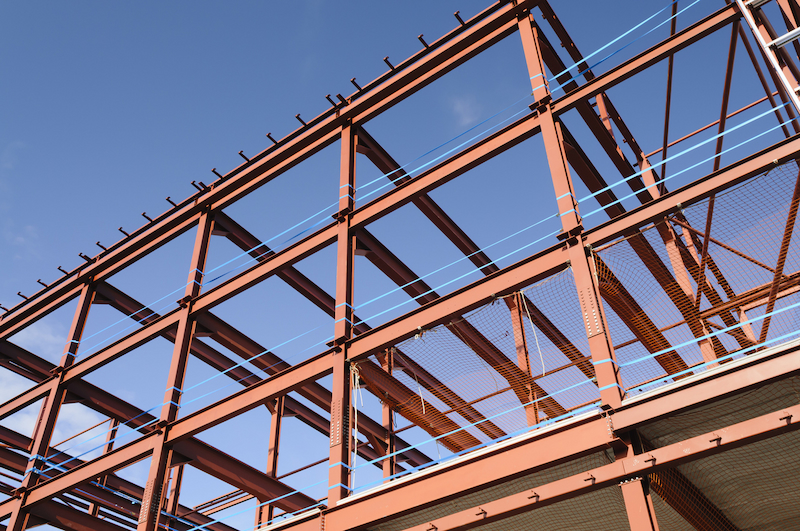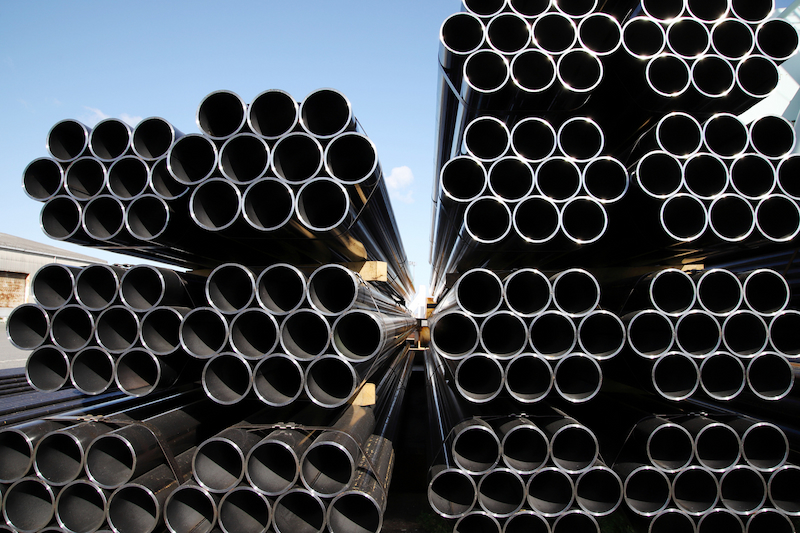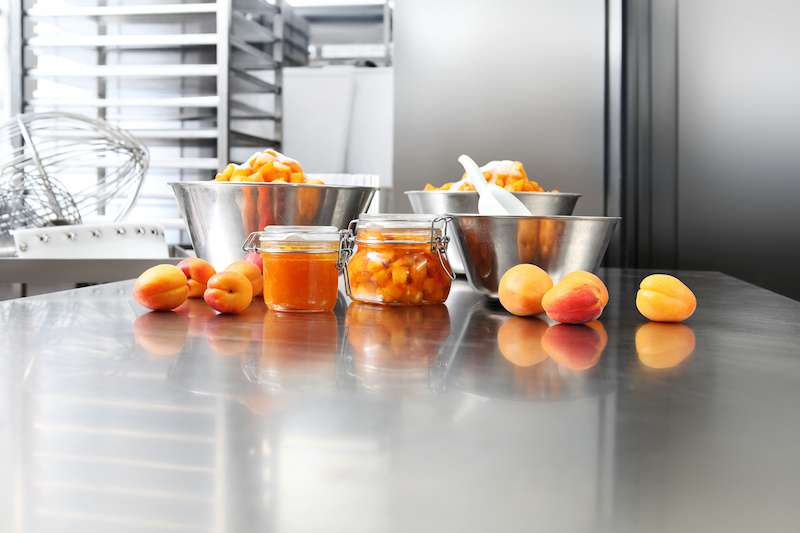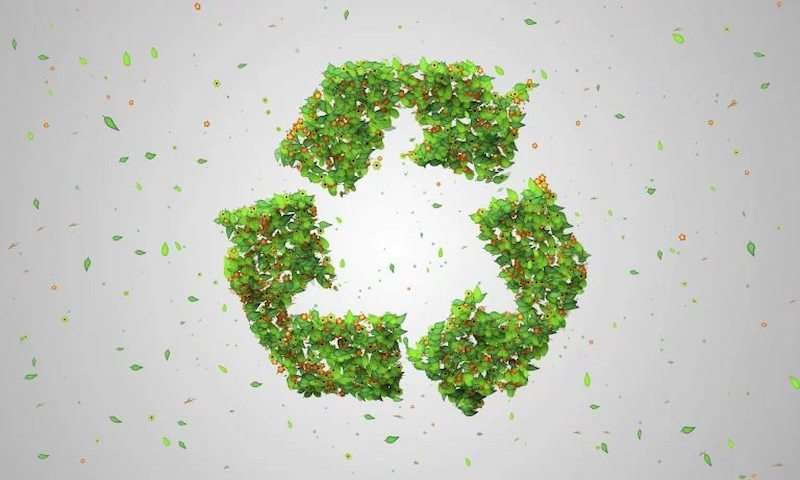When it comes to recycling metal, it initially gets separated into two categories, ferrous and non ferrous. Being a ferrous metal means the material is made up of a percentage of iron. However, whilst many metals will contain small traces of iron, ferrous metals will have a significant addition of iron to deem it ferrous. At Morecambe Metals, we specialise in ferrous metal recycling and processing.
Steel is a common ferrous metal, and due to the varying iron content, there is a vast amount of different steels, each with differing iron structure constructs. According to the World Steel Association, more than 3,500 steel grades encompass distinct chemical, environmental, and physical properties.
What are the Properties of Steel?
As a ferrous metal, steel is used widely in many industries for its utilisable properties;
Formability – When undergoing stress and mutation for use, the metal will not experience breakages or snapping, making it a very versatile metal for many services.
Durability – Even though the metal can be easily pliable, steel with a higher concentration of carbon can be highly durable against fire and wind.
Conductivity – Being a great conductor of heat makes it a suitable material for many household items such as saucepans and cooking wear.
Corrosion Resistance – With little vulnerability to rust, this property makes it ideal for outdoor structures, requiring little maintenance and repair.
What Are the Different Grades of Steel?
A steel’s grade is determined by the amount of carbon and other alloys it contains as well as how it has been processed. There are four categories of grades of steel grades- Carbon, Alloy, Stainless and Tool.
Carbon Steels
This category accounts for 90% of the steel in production, making it the most popular type of steel we receive at our scrap metal recycling plant. Carbon steel has a carbon content of between 0.6 and 1.4%, and once more, carbon steel is further separated into three kinds.
Mild steels contain between 0.1 and 0.3% carbon, with the remaining percentage being iron. Medium steels contain between 0.3%-0.6% of carbon, whilst anything over 0.6% is classed as high carbon steel. Their popularity stems from the low manufacturing costs and superior attributes throughout many applications.
Alloy Steels
If you wish to enhance the durability and corrosion resistance of the material, mix it with another metal such as nickel, copper, chromium, and aluminium for ultimate dexterity and strength. These alloys contain a variety of alloy elements from 1-50%. Again these are then broken down into Low and High Steel alloy. Whilst the exact definition is debated throughout industries, as a rule, anything with an alloy mix below 4-8% is classed as a low alloy. Anything above this is categorised as a high steel alloy.
Stainless Steels
Potentially the most wide-known grade of steel is stainless steel due to its advantage throughout both construction and manufacturing. Containing 10-20% of chromium and other elements like nickel, silicon, manganese and carbon, this alloy offers a superior resistance against corrosions, which is why it is commonly used.
Although favourable amongst the electrical industry due to its ability to withstand the elements, it is also beneficial for hygiene purposes. You will find it used for worktop surfaces in most hospitals, food manufacturing, food preparation sectors, and pharmaceutical or scientific laboratories.
Tool Steels
This alloy is combined with the tungsten, molybdenum, cobalt and vanadium, which increases their resistance to mutation against heat, stress and overall durability. As the name suggests, these properties allow it to be an incredibly vital material within the creation of hand tools which will experience duress throughout their uses.
How We Process Scrap Steel Metal
At Morecambe Metals, we can process up to 2000 tonnes of ferrous metals per week for recycling purposes. This includes the likes of industrial or commercial metal through our various scrap metal services. Once the metal is collected through either our skip hire, end-of-life vehicle recycling or industrial dismantling services, we will process it through our Eddy Current Separator, which allows us to collect separate grades independently. We can test the alloy for even more precision segregation with the latest technology.
The Importance of Recycling Scrap Steel
The steelmaking industry depends on recycling steel and steel alloys to make up 40% of the material used worldwide, with approximately 500,000,000 tonnes of steel produced each year using recycled scrap materials. Recycling this specific material takes around 75% less energy to produce than it would to mine for raw material, which impacts the greenhouse gases and diminishes the natural resources available.
Most cars in circulation have frames which contain at least 25% of recycled steel, whilst the average household appliance contains around 75%, which makes scrap metal recycling a vital contribution to the automotive and manufacturing industry.
Another advantage of recycling steel is that, unlike other non-ferrous metals, it retains its physical attributes throughout the recycling process, which allows it to keep its strength and durability to be processed into other products and uses.
At Morecambe Metals, we take our position as the largest local scrap metal recycling facility within Morecambe and Lancaster very seriously. We offer a range of services to help you find a cost-effective and easy solution for commercial and industrial scrap metal waste. For more information on our services, please visit our website or contact us directly.





